
2 minute read
COOL THINGS IN THE ARCHIVES
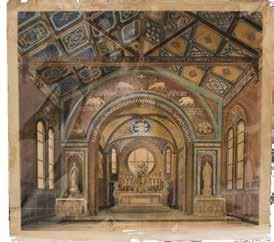
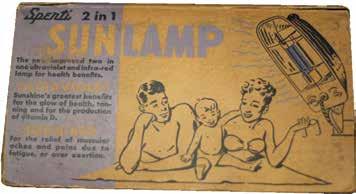
Advertisement
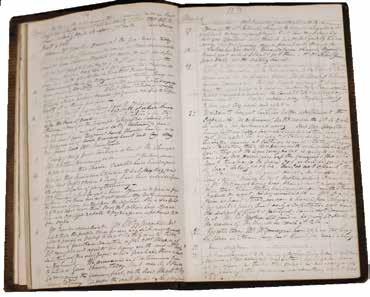
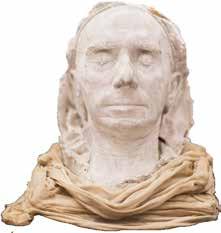
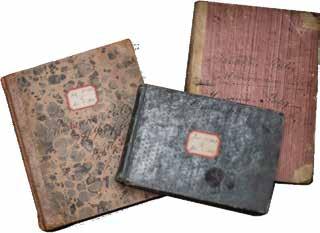
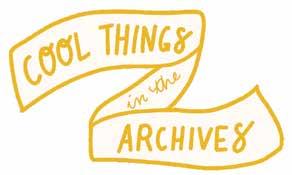

BY MICHELLE SMITH
1. DRAWINGS BY GERHARD LAMERS
Born in Germany in 1871, Gerhard Lamers came to America in 1925, settling in Cincinnati in 1940. He painted countless churches in many states, including many churches in this archdiocese, among which are All Saints, St. Leo, St. Louis, St. Michael (Lower Price Hill), Chapel at Mt. St. Mary’s Seminary (Norwood), and Holy Family.
2. BISHOP FENWICK’S VESTMENT
Thought to be worn on his begging trip(s) to Europe for the new diocese.
3. MARIANNE REILLY JOURNALS
Marianne was active in social and churchrelated activities in Cincinnati, and her family enjoyed a close relationship with Archbishop John B. Purcell. Through this connection, the Sisters of Charity briefly stayed with the Reilly family in 1829 when they were new to Cincinnati. She was also able to travel to New Orleans, Louisville, Baltimore, and Mexico.
4. ARCHBISHOP WILLIAM ELDER
Sick call set and glasses used by Archbishop William H. Elder (1819-1904). Death mask.
5. BISHOP PURCELL’S JOURNAL
Bishop (later Archbishop) John Purcell arrived in Cincinnati in 1833 to be the second shepherd of the diocese. For his first three years as bishop, he kept a written account of his duties, including his arrival in the city, information about parishes and schools, relations with non-Catholic churches, and his interactions with the people of the diocese.
BARREL
Archbishop Elder’s coat of arms, painted on miniature wine barrel that would have been presented during the episcopal ordination ceremony
SUNLAMP
The Institutum Divi Thomae was founded in 1935 by Dr. George Sperti and the Archdiocese of Cincinnati. It was a graduate school for scientific research. Among many of the advancements at the institute were Aspercreme, Preparation H, methods to freeze-dry orange juice, a sunlamp to enhance vitamin D in milk, and a burn ointment. The institute included men and women students, laity and religious brothers and sisters. The only person excluded from research in the institute was the atheist. In his lifetime, Dr. Sperti held more than 120 patents and developed many sunlamps.










